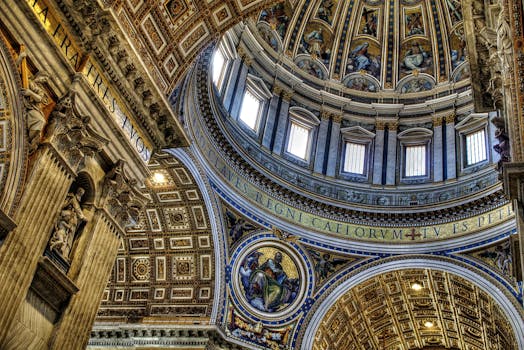
Traveling Through Time: How Europe’s Historical Heritage Shapes Modern Lifestyles in 2025
Traveling Through Time: How Europe’s Historical Heritage Shapes Modern Lifestyles in 2025. Europe, a continent steeped in history and tradition, has a unique ability to blend the old with the new. From the ancient ruins of Greece and Rome to the modern cities of London and Paris, Europe’s historical heritage continues to shape modern lifestyles in profound ways. In this article, we will explore how Europe’s rich cultural legacy influences contemporary life, from architecture and art to fashion and cuisine.
Historical Architecture: A Reflection of the Past
Europe’s historical architecture is a testament to the continent’s complex and varied past. From the Roman Colosseum to the Gothic cathedrals of France, each building tells a story of the people and cultures that created them. In modern times, these historical structures continue to inspire architects and designers, who seek to incorporate elements of the past into their contemporary creations. For example, the iconic Eiffel Tower in Paris, built for the 1889 World’s Fair, has become a symbol of French culture and engineering, while also influencing the design of modern skyscrapers and monuments.
Art and Culture: A Legacy of Creativity
Europe’s historical heritage is not limited to architecture; the continent is also home to a wealth of artistic and cultural treasures. From the works of Leonardo da Vinci and Michelangelo to the modern masterpieces of Picasso and Warhol, European art has long been a driving force behind creative expression. Today, this legacy continues to inspire artists, musicians, and writers, who draw upon the continent’s rich cultural heritage to create new and innovative works. For instance, the Uffizi Gallery in Florence, Italy, is one of the oldest and most famous art museums in Europe, featuring an impressive collection of Renaissance art that continues to influence contemporary artistic styles.
Modern Lifestyles: A Blend of Tradition and Innovation
In 2025, Europe’s historical heritage continues to shape modern lifestyles in many ways. From the fashion designs of Milan and Paris to the culinary delights of Spain and Italy, traditional practices and customs are being reimagined and reinterpreted for the contemporary era. For example, the traditional European practice of taking a siesta or afternoon nap has been adopted by modern companies, who recognize the benefits of taking a break to recharge and refocus. Similarly, the historical tradition of European cuisine, with its emphasis on local ingredients and seasonal produce, has influenced the modern farm-to-table movement, which prioritizes sustainability and environmental responsibility.
Conclusion: The Enduring Legacy of Europe’s Historical Heritage
In conclusion, Europe’s historical heritage continues to play a significant role in shaping modern lifestyles in 2025. From architecture and art to fashion and cuisine, the continent’s rich cultural legacy has left an indelible mark on contemporary life. As we look to the future, it is essential that we appreciate and preserve this heritage, while also embracing innovation and progress. By doing so, we can ensure that Europe’s historical heritage remains a vital and dynamic force, inspiring future generations to create, innovate, and thrive.






